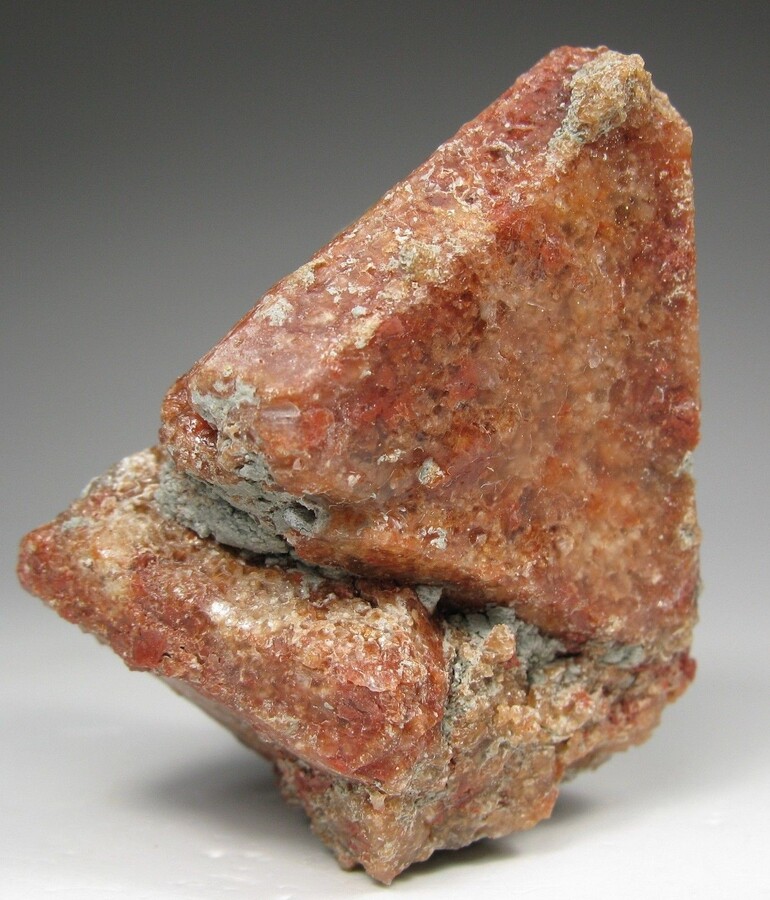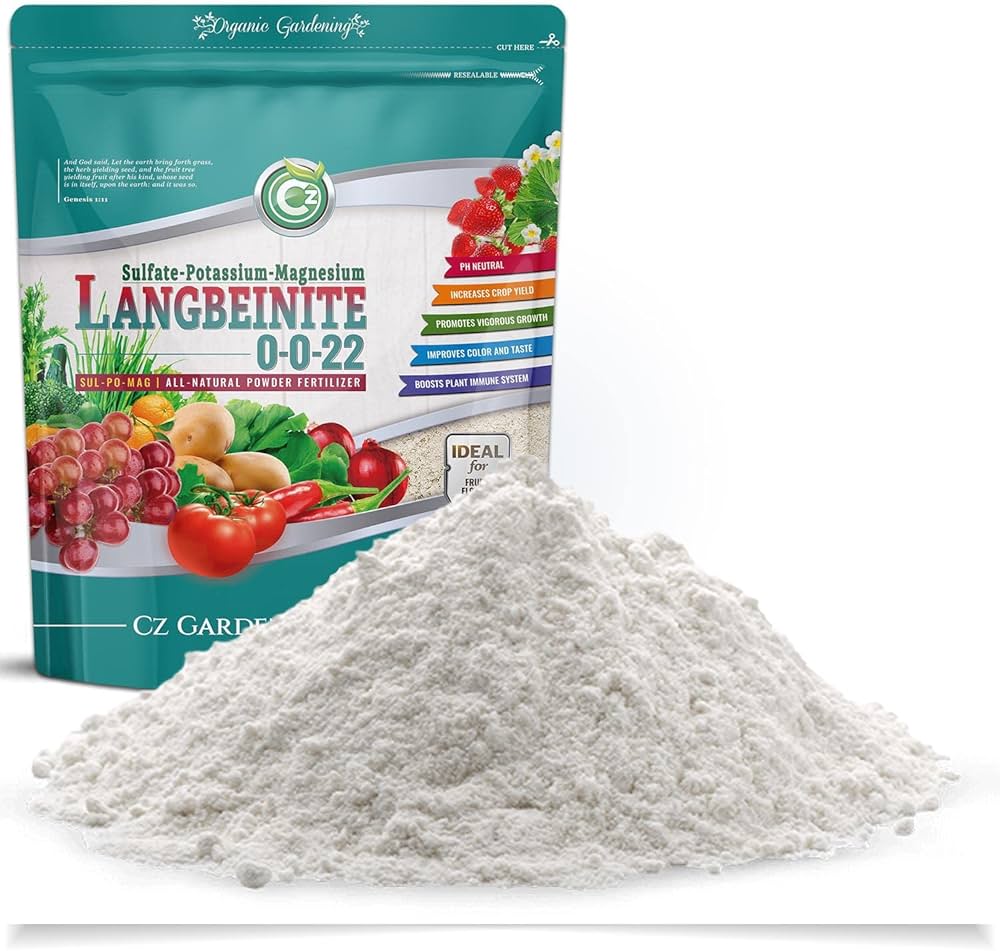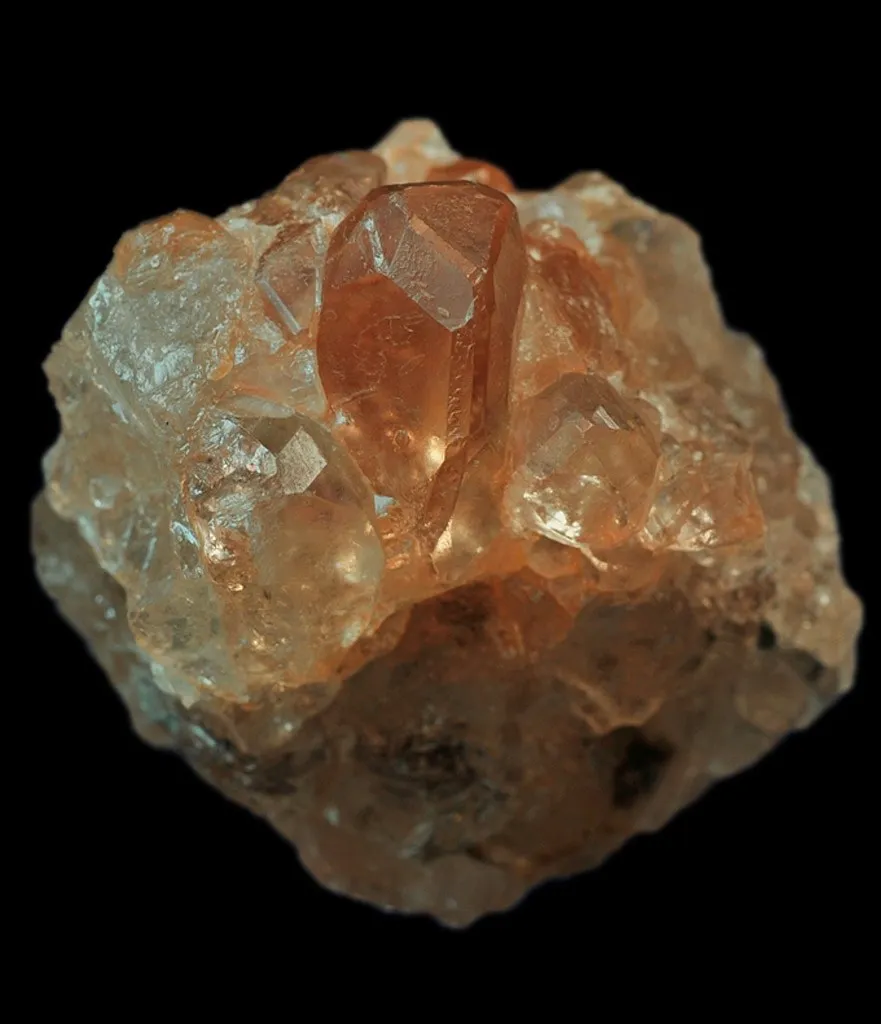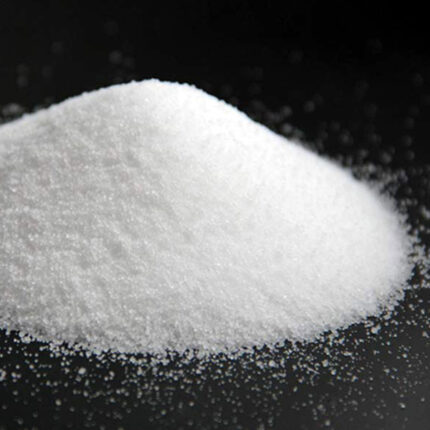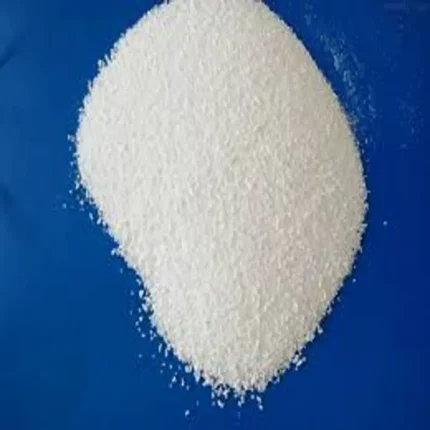Description
Potassium Magnesium Sulfate, also known as Langbeinite, is a complex inorganic compound with the chemical formula K₂Mg₂(SO₄)₃. This odorless, white, and water-soluble mineral was first discovered in 1865 by the German chemist, Wilhelm Langbein, in the Stassfurt potash deposits in Germany. Langbeinite has gained significant attention in the agricultural and industrial sectors due to its unique properties and wide range of applications. This article will delve into the science, production, and applications of Potassium Magnesium Sulfate.
Chemical and Physical Properties
Langbeinite is a double sulfate mineral, which means that it contains two different cations (potassium and magnesium) and one anion (sulfate). The compound is formed by anhydrous double sulfates of potassium and magnesium, which makes it highly stable and resistant to decomposition.
The crystal structure of Langbeinite is monoclinic, and it has a hardness of 3 to 3.5 on the Mohs scale. Its specific gravity is approximately 2.7 g/cm³, and its melting point is around 1,200°C. Langbeinite is highly soluble in water, with a solubility of approximately 36 g/100 mL at 20°C.
Production of Potassium Magnesium Sulfate
Langbeinite is primarily produced through the mining of potash and magnesium-rich brines. The brines are pumped to the surface, where they undergo a series of chemical reactions to produce Langbeinite. The process involves the addition of potassium chloride to the brine, which reacts with the magnesium and sulfate ions to form Langbeinite. The resulting product is then filtered, dried, and ground into a fine powder.
Applications of Potassium Magnesium Sulfate
Agriculture
Langbeinite is primarily used as a fertilizer in the agricultural industry due to its high content of potassium and magnesium, which are essential nutrients for plant growth. The compound is an excellent source of potassium, which is necessary for the synthesis of proteins, enzymes, and carbohydrates, as well as the regulation of water balance in plants. Magnesium, on the other hand, is a vital component of chlorophyll, the pigment responsible for photosynthesis.
Langbeinite is particularly useful in areas where soil is deficient in potassium and magnesium. The compound is highly soluble in water, which allows it to be easily absorbed by plants. Moreover, its neutral pH and low salt index make it an ideal choice for crops that are sensitive to high salt levels.
Industrial Applications
In addition to its use as a fertilizer, Langbeinite has various industrial applications. Its high solubility in water makes it an effective dust suppressant and de-icing agent. The compound is also used in the production of detergents, textiles, and leather.
Langbeinite is used as a flame retardant in the manufacturing of plastics, rubber, and textiles. The compound releases water and sulfur dioxide when heated, which helps to slow down the combustion process.
Medical Applications
Potassium Magnesium Sulfate has also been used in the medical field for various purposes. The compound is used as a laxative and a diuretic due to its ability to increase water and electrolyte excretion. Moreover, it is used as a supplement for patients with potassium and magnesium deficiencies.
Environmental Impact
The environmental impact of Langbeinite is relatively low compared to other fertilizers. The compound is highly soluble in water, which reduces the risk of leaching and runoff. Moreover, its low salt index reduces the risk of soil degradation and water pollution.
Conclusion
Potassium Magnesium Sulfate, or Langbeinite, is a versatile compound with a wide range of applications. Its unique properties make it an ideal choice for the agricultural, industrial, and medical sectors. The compound is highly soluble in water, which allows it to be easily absorbed by plants and makes it an effective dust suppressant and de-icing agent. Moreover, its low environmental impact and high nutrient content make it a sustainable choice for farmers and industrialists. As research continues, it is likely that new applications for Langbeinite will be discovered, further cementing its place as a valuable resource in the modern world.

